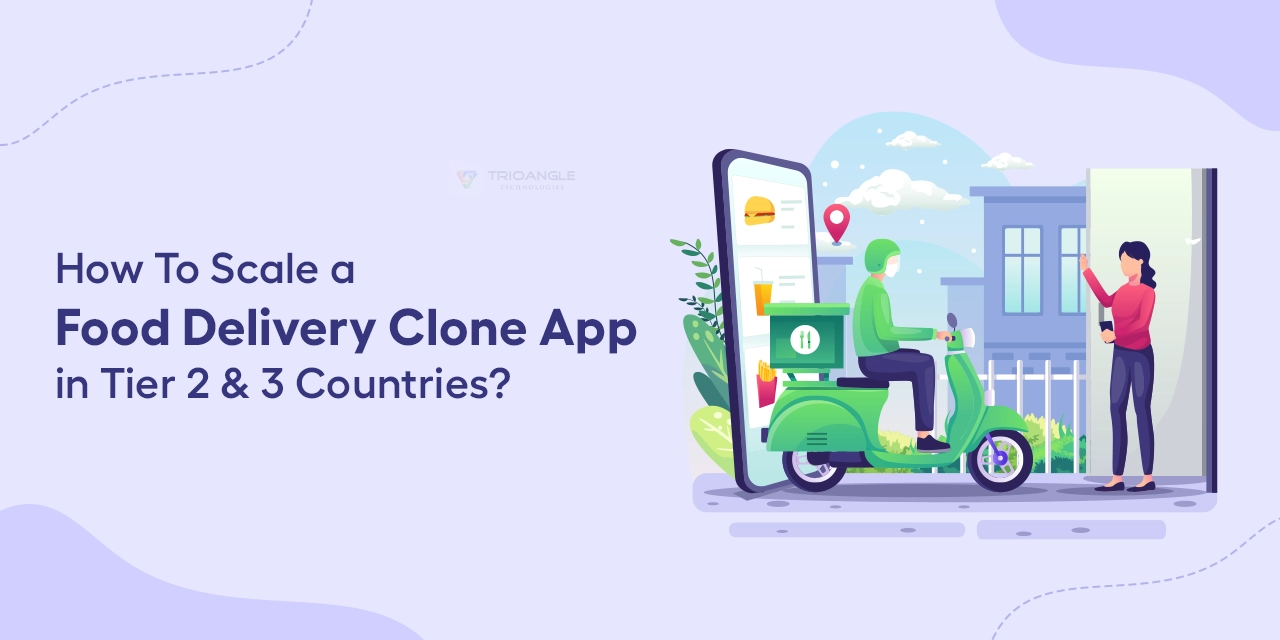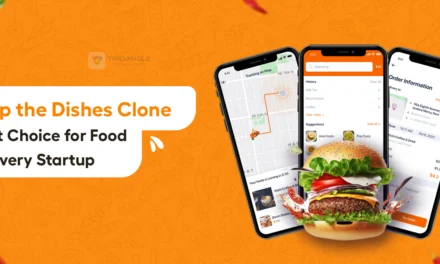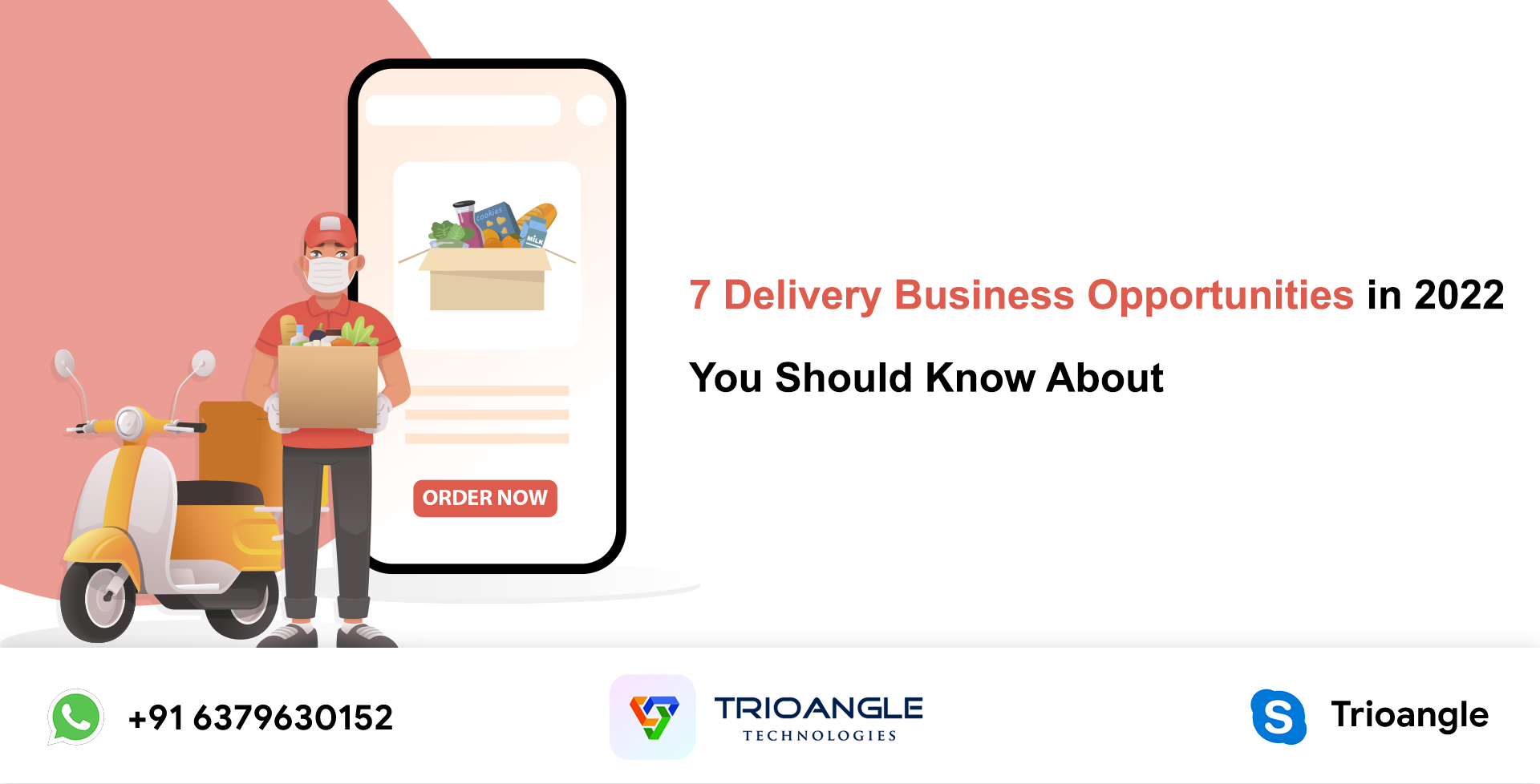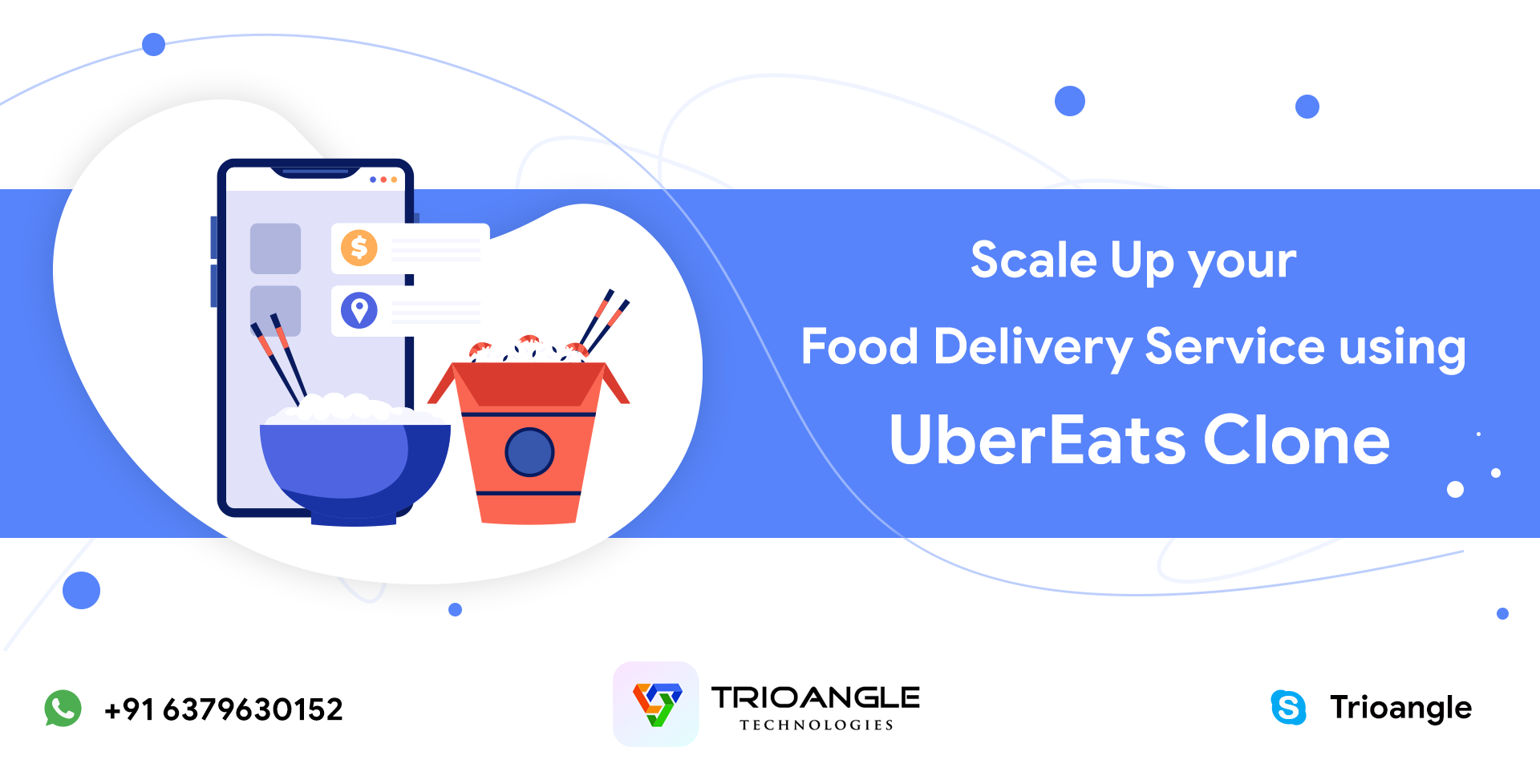Have you ever evaluated the food delivery clone app like Ubereats market growth? If not, No Issues. Let’s start to scale Ubereats app in tier 2 and 3 countries. Before that, let’s know the reason for evaluating.
The food delivery growth continues to expand in Tier 2 and Tier 3 countries. It’s because of factors like increased smartphone penetration and a growing need for convenience.
There is a lot of potential for growing a food delivery service in semi-urban locations, but doing so requires a hyperlocal delivery and an economical approach. Global giants such as UberEats have performed effectively in cities.
Let’s learn how to evaluate a food delivery app like Ubereats in Tier 2 and 3 countries,
Understand the Tier 2 & 3 Landscape: The Untapped Goldmine
Compared to large urban markets, Tier 2 and 3 regions have a huge benefit in achieving sustainable growth. The major reason is that there is low competition and more user acquisition. So, users in these regions often stay with the food delivery clone app platform to satisfy their needs and remain loyal to your brand.
Just stay concentrated on entering the market earlier, before your competitors arise, and be the first to rock the platform. Evaluate the market profits properly and make your investment in the platform to explore the unexpected growth.
Let’s Be Aware of Key Challenges in Scaling
In Tier 2 and Tier 3 countries, scaling a food delivery clone app poses distinct problems that are substantially different from those in metropolitan areas.
Infrastructure constraints are one of the main challenges; many smaller towns have inadequate road systems, ambiguous addresses, and imprecise GPS mapping, which pose challenges to effective delivery.
Furthermore, fewer restaurants and dispersed consumer locations result from low order density. It raises operating expenses and decreases delivery effectiveness.
Additionally, it is more difficult to establish brand recognition and trust in smaller cities. Without localised marketing, user acquisition would be slower because people are more likely to rely on word-of-mouth.
Another issue is the shortage of delivery staff with the necessary training. In these places, finding and keeping trustworthy riders is challenging, particularly given the low level of awareness about the gig economy.
Cultural and linguistic limitations also impact the user experience. Without localised features for regional languages, Ubereats clone app effectively engages users.
Technical Approaches to Expand Your Business
Scaling a food delivery service successfully in Tier 2 and Tier 3 areas necessitates a thorough comprehension of local dynamics and the capacity to adjust accordingly.
Hyperlocal market research is an initial step since it enables you to tailor offerings that appeal to the audience by studying local cuisine preferences, prominent restaurants, peak order times, and cultural behaviour.
Collaborating with nearby eateries is an additional effective tactic. Put “local favourites” that consumers already trust on board rather than depending on national chains.
These vendors participate more if they are given resources like digitised menus, streamlined order dashboards, and basic tech training. It is crucial to develop a lightweight application with an easy-to-use UI, particularly for consumers with shaky internet connections and low-end smartphones.
To accommodate different levels of digital literacy, ensure your Ubereats clone app provides multiple payment choices. This flexibility maximizes user engagement. Use local advertising, festival-based deals, and regional language support to increase user retention.
Think Smarter To Make Your Operations Work
It takes streamlined operations that are adapted to local requirements to continuously provide good service quality in Tier 2 and Tier 3 locations.
Ubereats clone app delivers food in a gofer style, which emphasizes dependability and simplicity at every touchpoint, from the user interface to last-mile delivery.
Let’s have a look at smart features,
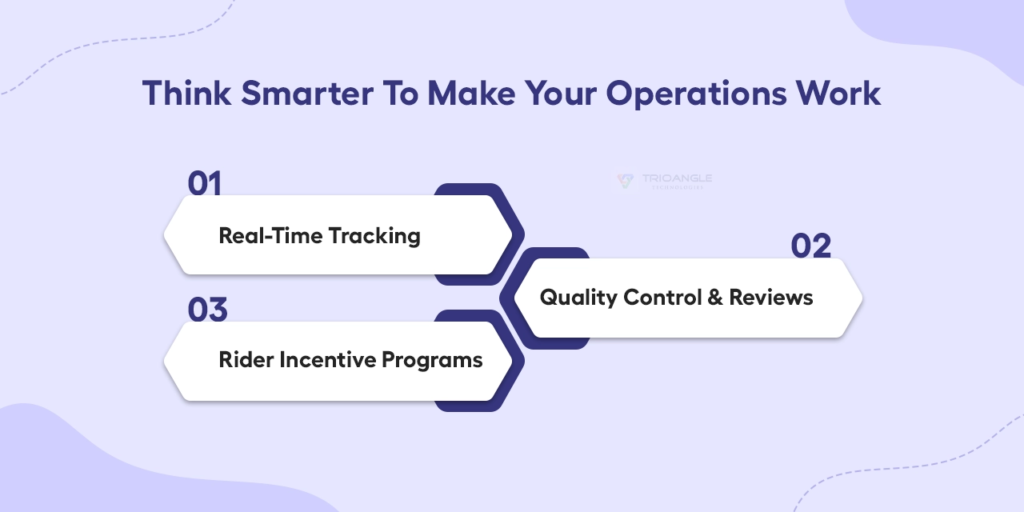
Real-Time Tracking
In Tier 2 and Tier 3 markets, real-time tracking and support are essential for establishing credibility and guaranteeing a seamless user experience.
Make sure your food delivery clone app provides a real-time tracking feature with a simple and lightweight live tracking tool.
Offering WhatsApp or call-based support in regional languages also contributes to closing the digital literacy gap by giving people prompt, easily accessible aid.
This real-time tracking helps to build a strong user trust.
Quality Control & Reviews
In order to preserve service standards and user confidence, quality control and reviews are essential. It is easier to find service gaps and high-performing vendors when users provide candid reviews and ratings following each order.
Providing modest rewards, such as loyalty points or discounts, increases review participation. Displaying customer evaluations, certified vendor tags, and hygiene badges increases credibility, which is crucial in Tier 2 and Tier 3 cities.
Users return to a more dependable, transparent platform with regular quality inspections and community-driven ratings that guarantee consistent delivery performance.
Rider Incentive Programs
Particularly in Tier 2 and Tier 3 locations, Rider Incentive Programs are crucial to retaining a dependable and driven delivery staff.
Providing flexible work schedules, performance-based incentives, and loyalty bonuses greatly increases employee retention and promotes constant service quality.
Furthermore, offering onboarding sessions in regional languages guarantees that even riders with technical expertise handle deliveries with assurance, interact with clients, and maintain brand standards for each order.
Building the Right Technical Infrastructure
The foundation of any scalable food delivery business is its tech infrastructure, particularly in Tier 2 and Tier 3 areas, where dependability and ease of use are crucial.
But the choice of the right technical infrastructure ensures high performance consistently. For that, we need to scale the features properly.
Ensure to scale the main features like Real-time tracking, Multiple language support, Currency support, and Ratings & Reviews.
Restaurants handle orders in real time, even on low-end devices, thanks to a dynamic vendor dashboard. For consumers, the software is small, works in low-bandwidth settings, and supports local languages.
So, select the advanced technical stack to build a strong foundation for your food delivery clone app. This helps you to stand unique in the Tier 2 and 3 country marketplace.
Coverup Your Target Audience With Multiple Revenue Models
Diversified revenue sources are necessary for a viable food delivery service in order to strike a balance between platform profitability and user affordability.

Here’s how to make money off of your software in developing markets:
Commission From Vendors
Charging a commission on each order is one of the most reliable monetization methods for food delivery apps. This feature allows the restaurant owners to earn money directly by connecting them with customers.
Did you have any idea about how much does the commission fee ranges? If not, just learn about it.
The commission fee ranges from 10% to 30%, depending on factors like vendor size, exclusivity, and delivery support. Due to the small margins and lack of digital experience, it’s quite difficult to implement a low-entry commission structure in tier 2 and tier 3 countries.
Establishing a flexible, volume-based paradigm at the outset promotes involvement while lessening the perceived cost. Premium services like analytics, marketing campaigns, and unique placement in the app are included with higher-tier commission models as these vendors start to realise the benefits of larger orders.
The food delivery clone app fortifies its ecosystem and guarantees steady revenue from vendor commissions by evolving from a delivery middleman to a growth partner.
Dynamic Pricing
Ensure to provide a dynamic pricing feature in your food delivery platform that maximizes your revenue growth when your app reaches its peak level.
This helps you to alter the delivery cost based on factors like order value, distance, day time, demand spikes, and weather.
Maintain transparent pricing efficiently to balance the operating expenses, which gives you seamless revenue growth.
Dynamic pricing is necessary to offset high last-mile delivery costs in Tier 2 and Tier 3 cities, where geographic areas are more dispersed and order density is lower.
Free delivery thresholds, such as removing the fee for purchases over a specific amount, are implemented by platforms to preserve user pleasure. This raises the typical order size and enhances customer perceptions.
Furthermore, platforms guarantee price transparency by prominently showing shipping fees before order confirmation.
Dynamic pricing is a viable tactic in competitive markets because it maximizes income without offending cost-conscious consumers.
Subscription Plan
Integrate a subscription feature in your Ubereats clone app, which charges a set monthly or yearly cost in exchange for the users. This strategy not only builds a consistent flow of recurring income for the platform but also cultivates enduring customer loyalty.
A cheap membership plan draws in regular users who are looking for deals and discounts in Tier 2 and Tier 3 cities, where cost sensitivity is strong. These revenue-generating features not only increase the revenue growth but also provide the ability to collect subscriber behaviour data.
Well-thought-out subscription packages strike a balance between cost and alluring benefits, appealing to loyal customers. This promotes competitive difference in a crowded market and long-term engagement.
In-App Promotions and Discounts
This feature is an effective way to increase income for partner restaurants as well as the food delivery platform. Build a food delivery clone app that supports exclusive deals and discount offers to maximize user engagement. This, in turn, helps to increase the revenue growth.
Because they stand out in a crowded market, restaurants are able to draw in more business. This is particularly crucial in Tier 2 and Tier 3 cities, where local competition is expanding quickly. Providing a Banner, pop-ups, or a deal of the day section helps you to generate more revenue and boost the order volumes.
To reduce the advertising costs and boost their return on investment, the platform owner and the restaurant can split the cost. These promotions make the user keep engaging with your Ubereats clone app and encourage repeated business in Tier 2 and Tier 3 countries.
Get The Smart Tactics To Scale Your Food Delivery Clone App
Growing your food delivery service strategically entails planning and sustainable growth. This is particularly important in Tier 2 and Tier 3 areas where infrastructure, demand, and user behavior differ greatly.
Begin a Strategic scale-up with a trial launch to gauge user demands and remain in the competitive market industry. Once the model is evaluated, your food delivery clone app gets expanded into the tier 2 and 3 countries. Develop a smart marketing plan and educate local delivery personnel to achieve smooth operations.
Make sure IT infrastructure, delivery fleets, and customer support manage high-demand traffic. This methodical strategy maximises consumer trust and long-term profitability.
Start to Launch Your Ubereats clone app Now in Tier 2 and 3 Countries!
A well-established food delivery growth strategy ensures strong sustainability and quick reach to market growth. It outperforms local rivals, creates a devoted user base that supports future growth, and unlocks long-term value in Tier 2 and Tier 3 cities.
Scaling the on-demand Ubereats clone app is quite easier when you know about to move smartly. That’s what we discussed in this blog so far. I hope you now get a clear view to stay competitive in the Tier 2 and Tier 3 countries.
Remember that it’s the perfect time to develop your platform efficiently, as the demand continues to increase. So, focus on user preferences and adapt to current trendy technology.

